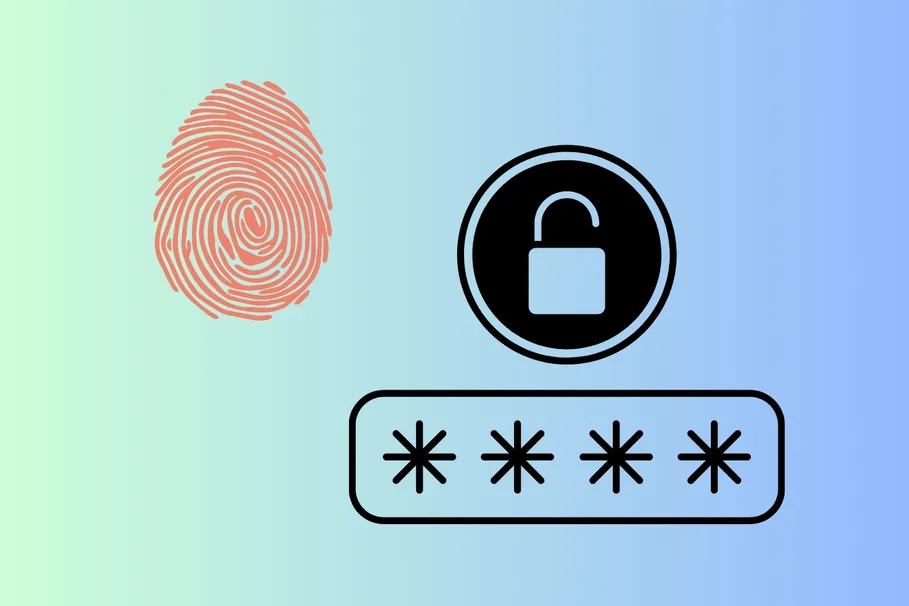In the evolving landscape of education, traditional teaching methods are increasingly being supplemented by innovative approaches designed to foster deeper understanding and greater student involvement. One such approach that has been gaining traction is Project-Based Learning (PBL). This method, which revolves around students actively exploring real-world problems and challenges, has proven to be a powerful tool for enhancing student engagement. Let’s delve into how PBL transforms the learning experience and keeps students excited about their education.
The Essence of Project-Based Learning
Project-Based Learning is more than just an instructional method; it’s a dynamic classroom approach where students actively engage in meaningful projects. These projects are typically complex, involving problem-solving, decision-making, and investigative activities that culminate in a final product or presentation. Rather than passively absorbing information, students in PBL settings take charge of their learning journey, applying knowledge in practical, often interdisciplinary contexts.
Key Benefits of Project-Based Learning
1. Fosters Deep Engagement
PBL captivates students’ interest by involving them in projects that are relevant to their lives and futures. When students see the real-world applications of their studies, they are more likely to invest time and effort. This authentic learning experience is a stark contrast to traditional rote memorization, which can often feel disconnected from practical use.
2. Encourages Critical Thinking and Problem-Solving
In PBL, students encounter complex questions that require them to think critically and creatively. They must analyze information, synthesize ideas, and evaluate outcomes, which cultivates higher-order thinking skills. These critical thinking abilities are essential not only for academic success but also for real-life decision-making.
3. Promotes Collaboration and Communication
Collaboration is at the heart of PBL. Students often work in teams, learning to communicate effectively, share responsibilities, and leverage each other’s strengths. This teamwork mirrors real-world environments where collaboration is key to success. Additionally, presenting their projects helps students refine their communication skills, an essential asset in any career.
4. Builds Intrinsic Motivation
When students work on projects they are passionate about, their intrinsic motivation soars. PBL empowers students to pursue their interests within the curriculum, making learning a more enjoyable and personal experience. This intrinsic motivation often leads to greater persistence and effort in completing tasks.
5. Develops Practical Skills
PBL goes beyond theoretical knowledge, equipping students with practical skills they will use throughout their lives. Whether it’s time management, research, technology use, or project planning, students gain hands-on experience that prepares them for future challenges in both academic and professional settings.
Real-World Applications and Success Stories
Many schools around the world have successfully implemented PBL, yielding impressive results. For instance, High Tech High in San Diego uses PBL as a core part of its curriculum, with students engaging in projects that span multiple subjects and address real-world issues. This approach has led to higher student achievement and increased college readiness.
Similarly, at the New Tech Network schools, PBL is integral to the learning process. Students tackle projects that require them to engage with their communities, develop solutions to local problems, and present their findings to public audiences. The result is a student body that is not only academically proficient but also socially responsible and civic-minded.
Challenges and Considerations
While PBL offers numerous benefits, it is not without challenges. Implementing PBL requires a shift in teaching philosophy and practice, as well as adequate training and support for educators. Additionally, assessment in PBL can be complex, as it involves evaluating both the process and the final product of student work.
To overcome these challenges, schools must provide professional development for teachers, allocate sufficient time for project planning, and develop clear criteria for assessment. With the right support and resources, the transition to PBL can be smooth and successful.
Conclusion
Project-Based Learning represents a shift towards a more engaging, practical, and student-centered approach to education. By connecting classroom learning with real-world experiences, PBL not only enhances student engagement but also prepares them for the complexities of the future. As educators continue to explore and refine this approach, the potential for PBL to transform education and empower students remains boundless.


